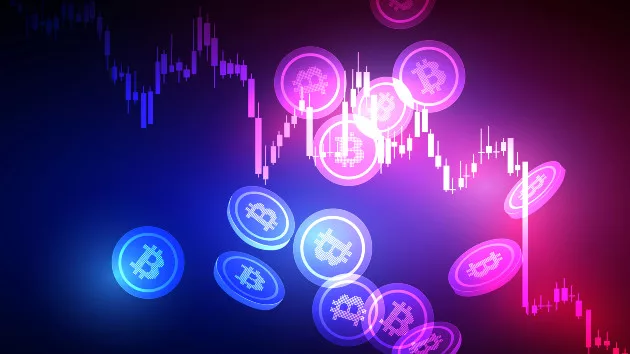
(NEW YORK) — Google announced Thursday that it is joining a coalition of companies dedicated to helping increase transparency around artificial intelligence and digital content.
As examples of AI-generated content continue to make headlines — from fake sexually explicit AI images of Taylor Swift, to a deceptive AI-generated voice clone of President Joe Biden — the need for clarity around what we are seeing online seems more urgent.
“The danger of deepfakes isn’t the deception it’s the doubt because once you doubt everything, then you don’t believe anything,” said Dana Rao, Adobe’s general counsel and chief trust officer, in an interview with ABC News. “And so that’s why we always like provenance.”
“We want to make sure that, ideally, we have solutions that tell us the origin of content and that tell us whether it’s been altered or changed,” added Laurie Richardson, vice president of trust and safety at Google.
Since its creation in 2021, the Coalition for Content Provenance and Authenticity (C2PA) has been working toward creating an open technical standard providing publishers, creators and consumers the ability to trace the origin of different types of media.
The C2PA says its developed those solutions and now, with Google backing the effort, there’s belief widespread adoption might be around the corner.
Content credentials — often described as a “nutrition label” for digital content — are tamper-resistant and allow the metadata to be attached to digital content, showing how and when the content was created and modified.
“It’s like an evidence bag,” C2PA Chair Andrew Jenks told ABC News. “When a police officer goes to a crime scene and picks up a piece of evidence and puts it in a bag, he signs and seals that bag. When it arrives to in the courtroom, you can look back at the record and see every place the evidence has been”
This “nutrition label,” if adopted by social media platforms and publishers, could be displayed on every piece of content hosted online allowing users to access the history of any piece of content.
Google will now be a member on the C2PA steering committee, joining Adobe, Microsoft, Intel, Truepic and other companies helping set the technical direction and focus of the group.
Richardson said there isn’t anything specific to share in terms of how Google will implement the technology across its products, but she’s hopeful that they will have more to share in the coming months. With upcoming elections around the world, there is an “urgency” in making sure that Google is helping shape an “ecosystem wide solution, said Richardson.
The standard, however, does seem to be gaining momentum quickly. Just this week, Open AI announced that images generated in ChatGPT, and its API now include metadata using C2PA specifications.
This means that anyone, including social platforms and content distributors, are able to see that an image was generated using an Open AI Product.
Meta also announced it is developing a set of tools that can identify invisible markers at scale — like the digital signature developed by the C2PA.
“This is a moment we’re talking about the dangers and the risks of deep fakes and AI, and we should, but this is also proof, there’s a lot of work going on towards solutions and more towards invention and towards getting together in this space,” Clement Wolf, head of information quality & AI strategy, trust & safety at Google, told ABC News.
Copyright © 2024, ABC Audio. All rights reserved.








